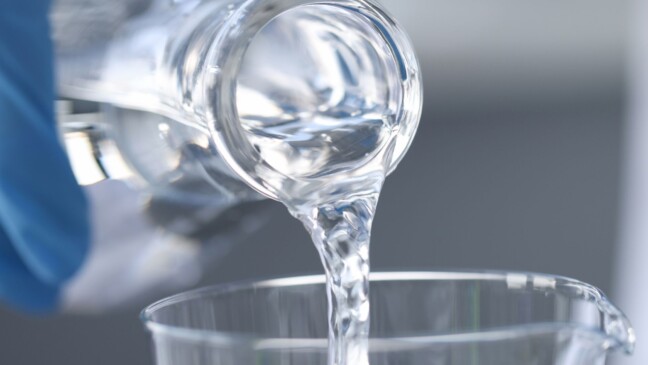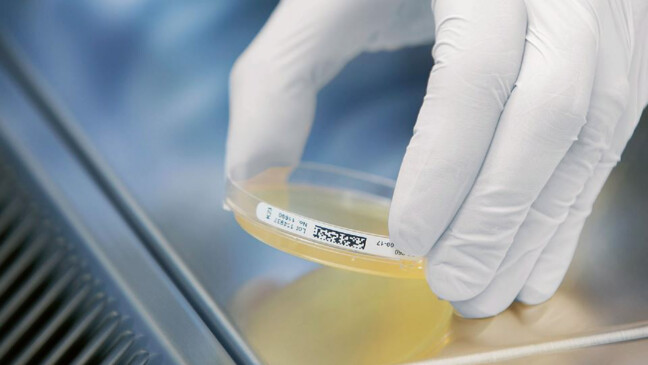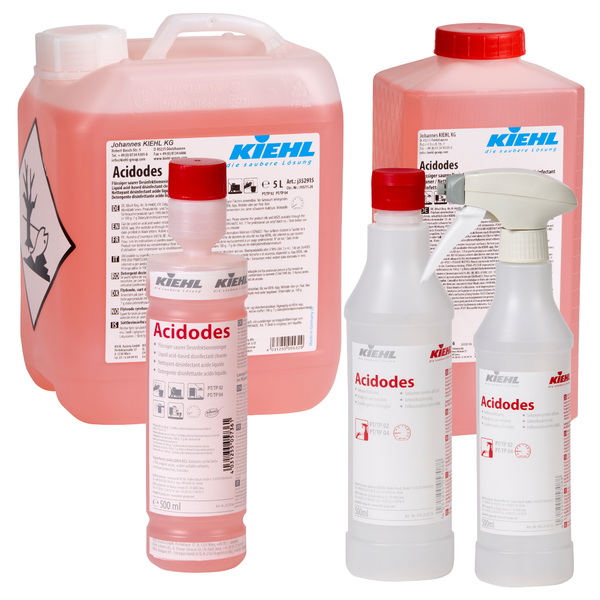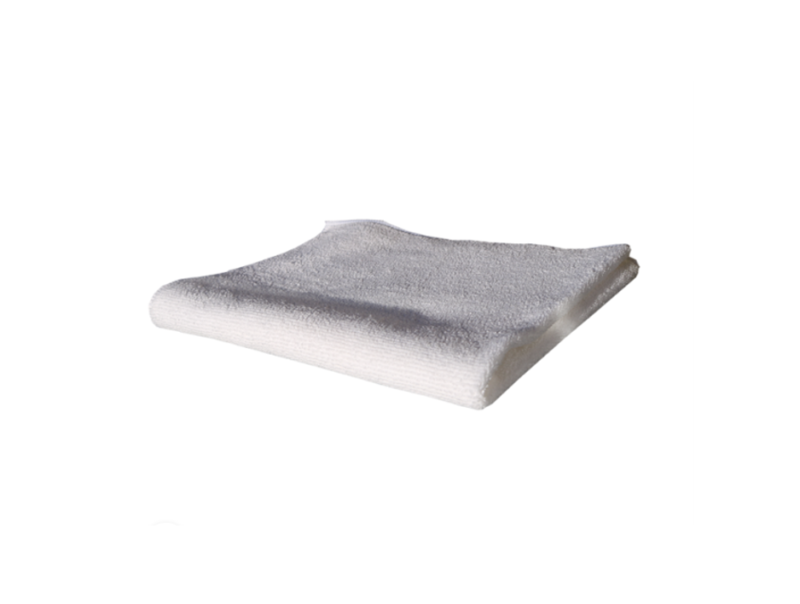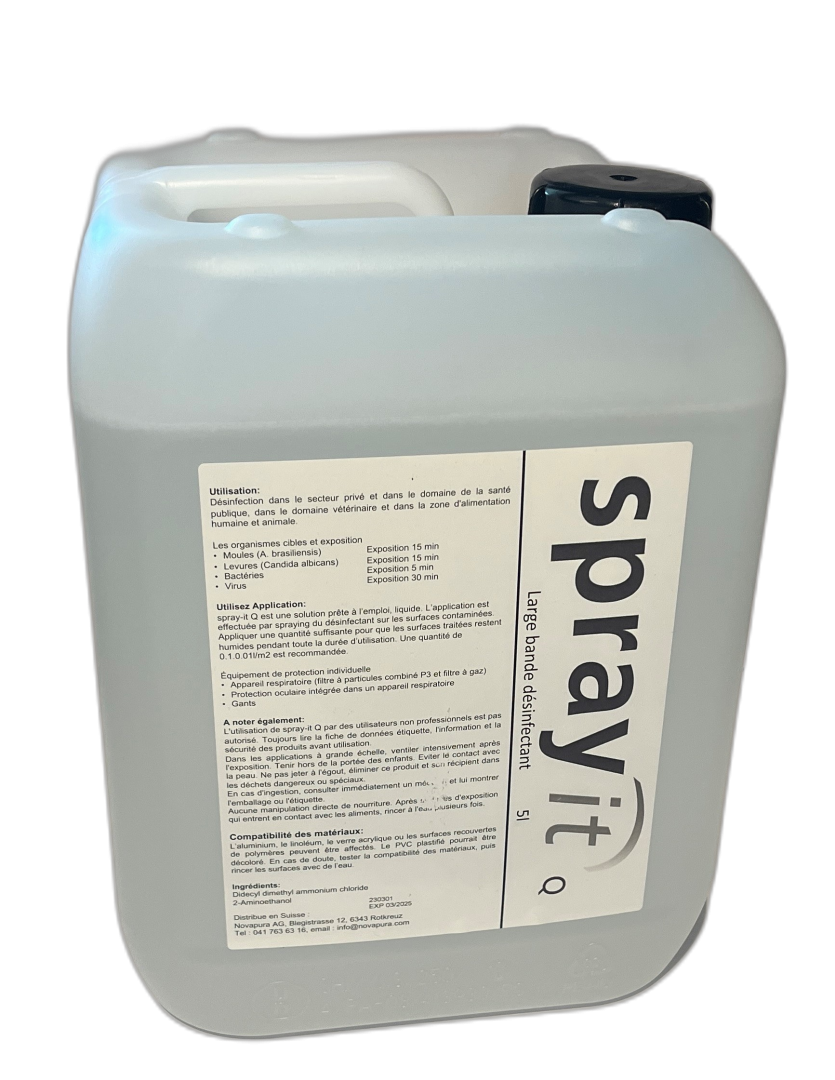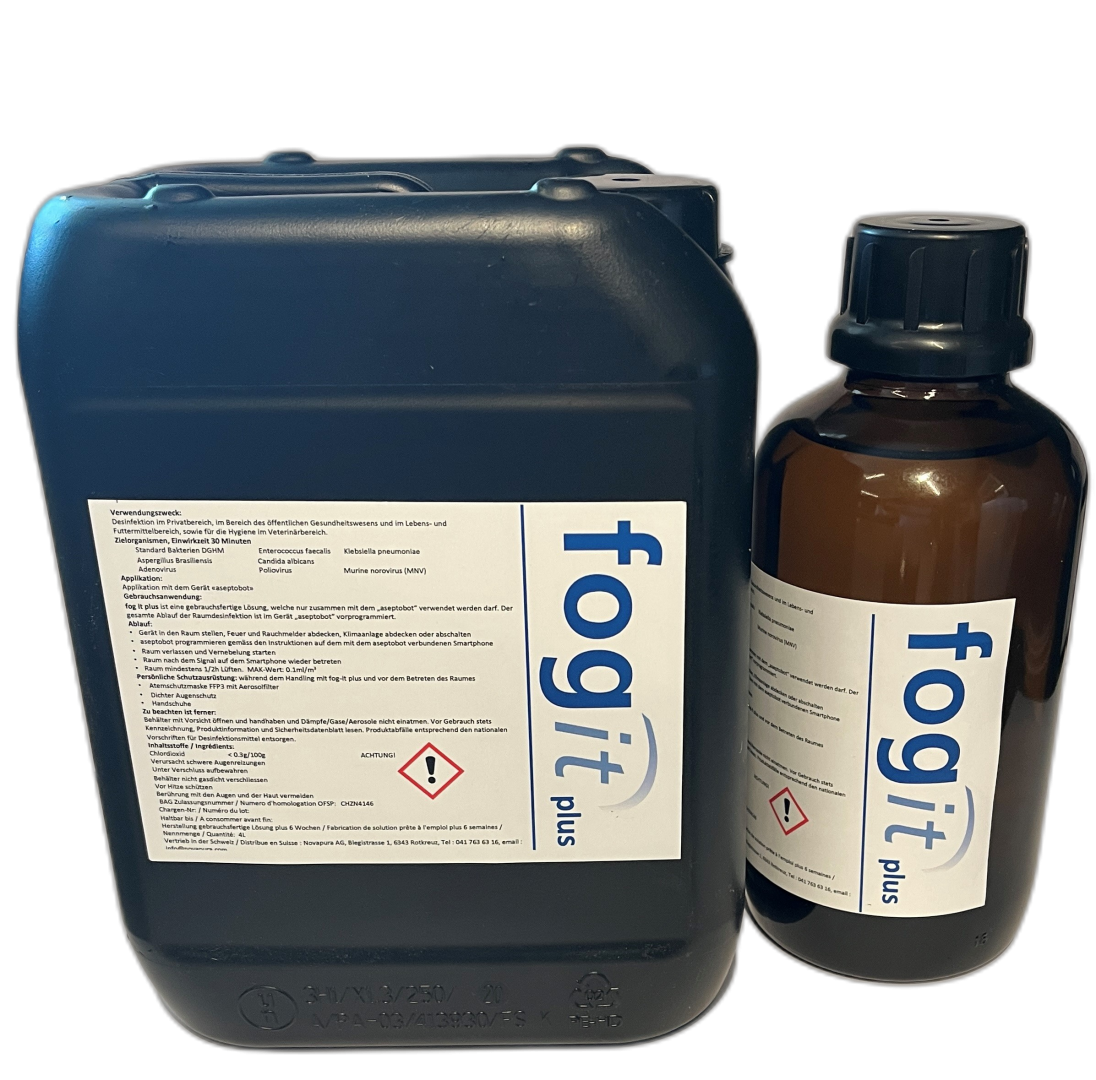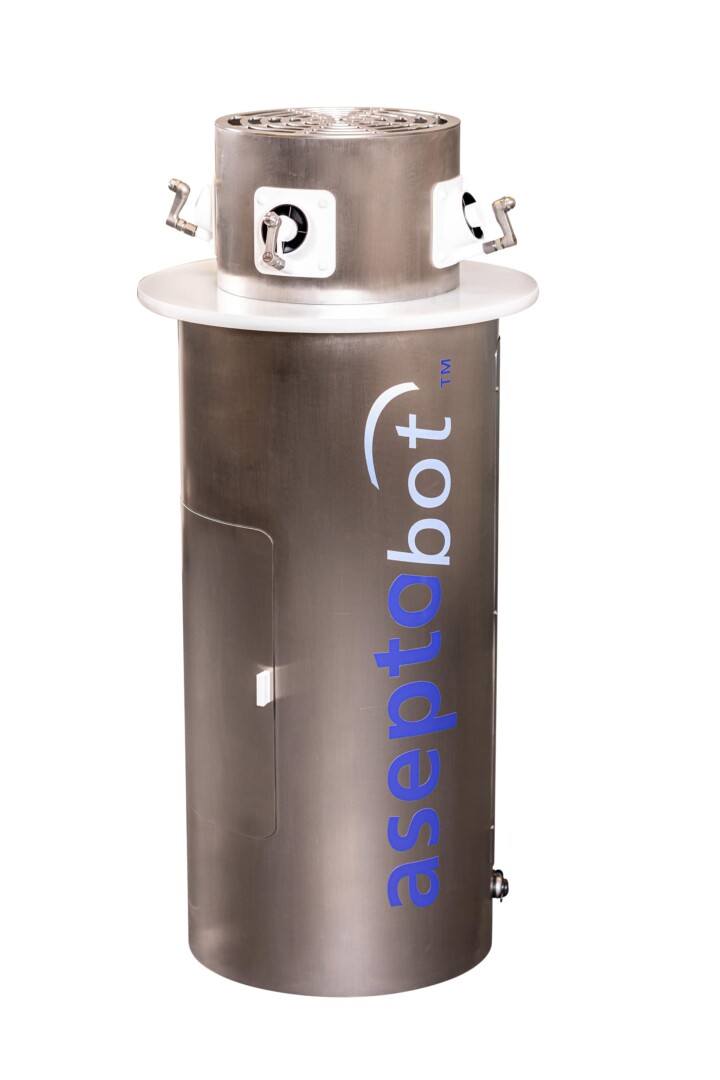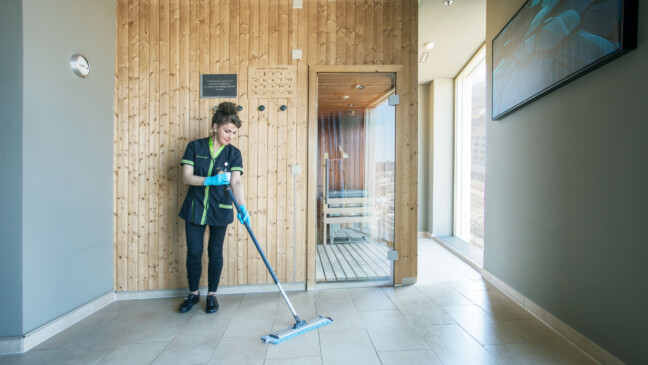
26.04.23
Formation and risks of biofilm
Biofilms are ubiquitous in organic life. They can pose some risks, such as infections in the hospital environment and when contaminated food is consumed. Biofilms can only be reduced through changes in physical conditions and nutrient supply.
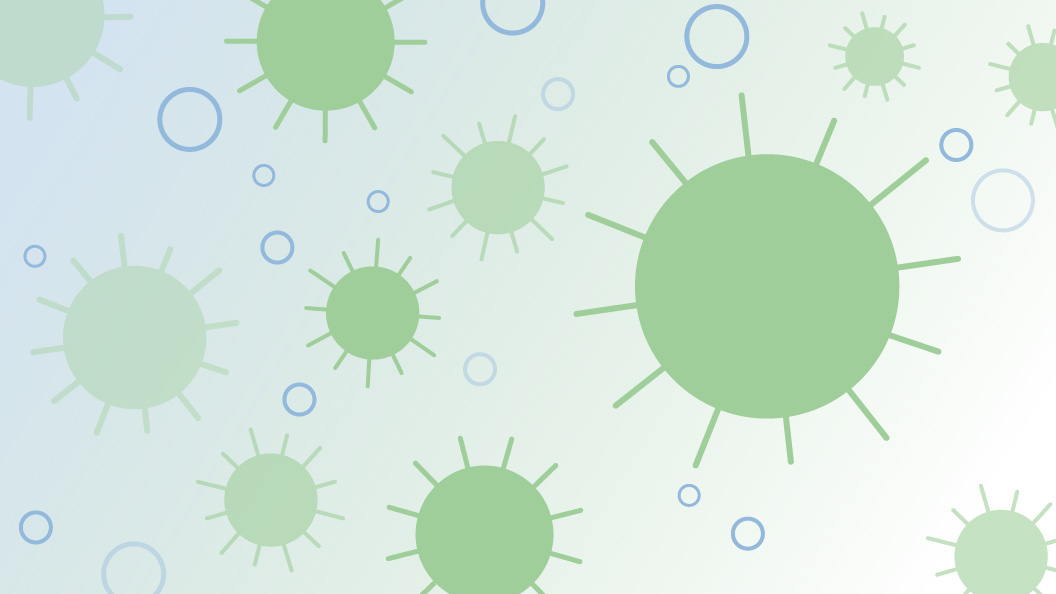
Summary
A biofilm is defined as a structured microbial community of majority bacteria and/or higher microorganisms enclosed in a self-produced extracellular polysaccharide matrix (EPS = ExoPolySaccharide Matrix) and adhering to a biotic (living) or abiotic (non-living) surface. In turn, planktonic microorganisms (e.g. bacteria and/or fungi present in solutions) can settle on this surface and expand the sessile biofilm. Depending on the specific environment, biofilms are heterogeneous mixtures of biological and non-biological components.
Chemical gradients generated throughout the biofilm allow bacteria to exist in a variety of physiological states, resulting in enhanced adaptability to the changing environment. Biofilms can consist of multiple species, usually forming a specialized community that interacts and communicates with each other.
In biofilm, microorganisms are protected by the EPS from adverse environmental factors, disinfectants and also immune responses. Compared to planktonic cells, sessile cells are often much more resistant to antimicrobial agents and this increased resistance has a significant impact on the treatment of biofilm-related industrial applications or infections in the hospital environment. Biofilm formation is often considered the reason why treatment with an antimicrobial agent (biocide and antibiotics) fails. An estimated 65-80% of all healthcare-associated infections are considered to be biofilm-related and this poses a serious medical challenge.
It is considered certain that several mechanisms are involved in antimicrobial resistance properties of biofilm, including slowed penetration and neutralization of the antimicrobial agent in the biofilm. Furthermore, the changes in the chemical-microbiological environment within the biofilm, which result in zones of slow or no growth. An adaptive stress response and the presence of small populations of extremely resistant cells (persister cells) are a key selective advantage of microbial biofilm communities over planktonic microorganisms.
What is biofilm?
IUPAC (International Union of Pure and Applied Chemistry) defines a biofilm as follows: A biofilm is an aggregate of microorganisms in which cells, often embedded in a self-produced matrix of extracellular polymeric substances (EPS), in turn adhere to each other and/or to a surface. A biofilm is a biological ecosystem that can be internally adapted to environmental conditions by its inhabitants. The matrix of extracellular polymeric substances produced by bacteria themselves, also known as mucus, is a polymeric conglomerate of sugar molecules, nucleic acids, enzymes and more, generally consisting of extracellular biopolymers with a wide variety of compositions.
Where do I find biofilm?
Biofilms are ubiquitous in organic life. Almost every type of microorganism has mechanisms by which they can adhere to surfaces and to each other. Biofilms form on virtually any non-repellent surface in non-sterile aqueous or moist environments. Biofilms can grow in extreme environments: this for example in very salty water of hot springs, in very acidic to very alkaline environments, but also up to frozen water in and on glaciers. Biofilms can be found on rocks and on pebbles at the bottom of most streams or rivers, and often form on the surfaces of standing pools of water. Biofilms are important components of food chains in rivers and streams and are grazed by aquatic invertebrates, which in turn are fed upon by fish. Biofilms are also found on the surface and inside of plants.
In general, biofilms are found on natural as well as artificial surfaces, as well as on and within living organisms, and can successfully occupy almost any ecological niche. Here are some striking examples of biofilms with practical relevance or from everyday life:
- Biofilm habitats in the wild: highly visible biofilms exist in streams and rivers, in hot springs in national parks (Yellowstone National Park), and stagnant waters as floating, usually colored, mats; this also in symbiosis with higher aquatic inhabitants such as algae.
- Large-scale artificial plants and surfaces: in leachate filters in wastewater treatment plants and in sand filters for water purification of raw water to produce a drinking water product.
- At home: in humid and warm environments, biofilms can grow very easily in showers, as they provide a humid and warm environment in which they can thrive.
- In the sewer: in water and sewage pipes, biofilms can cause blockages, corrosion and odor problems.
- In the kitchen: on floors and counters, they can complicate hygiene in food preparation areas.
- In cooling or heating water systems: biofilms can reduce heat and cold transfer and lead to energy losses. This is the case in small systems or even in cooling towers of industrial plants.
- Bio- and corrosion: biofilms can cause significant corrosion problems in water-bearing systems as well as pipelines in the offshore oil and gas industry. However, corrosion is mainly due to abiotic factors. However, at least 20% of corrosion is caused by microorganisms that bind to the metal substrate (i.e., microbially influenced corrosion).
- On plants: rhizobacteria colonize plant roots as plant growth-promoting microbes and provide a wide range of beneficial functions to their host: nitrogen fixation, pathogen suppression, antifungal properties, and degradation of organic materials.
- Gut of mammals: the immune system is thought to support biofilm formation in the colon. In hypotheses, the appendix (cecum) is considered a reservoir of good intestinal flora and may help re-inoculate the intestine. Altered or disturbed states of biofilms in the intestine are also associated with diseases such as inflammatory bowel disease and colorectal cancer.
- On boat hulls: bacterial adhesion to boat hulls serves as the basis for biofouling of marine vessels. Once an initial bacterial film has formed, it is easier for other marine organisms such as barnacles and later mussels to attach.
- As stromatolites: stromatolites are ur-stratified sedimentary structures formed in shallow water by the trapping, binding, and cementing of sediment grains by microbial biofilms, particularly cyanobacteria. They contain some of the oldest records of life on Earth and continue to form today.
- On teeth as plaque: in the human body, biofilms are present on teeth as plaque, where they can cause tooth decay and gum disease. These biofilms can be either in a soft and non-calcified state, which can be relatively removed with dental instruments, or in a calcified hard state, which is more difficult to remove.
- In biodecontamination: biofilms can also help eliminate petroleum spills from oceans or water systems. The oil is eliminated by hydrocarbon-degrading activities of communities of bacteria.
- Related to infectious diseases: it is well known that biofilms are involved in a variety of microbial infections in mammalian bodies and are estimated to account for 80% of all infections in humans. Infectious processes involving biofilms include acute problems such as bacterial vaginosis, urinary tract infections, catheter-related infections, otitis media, gingivitis, biofilms on contact lenses, and/or eye infections. Less common but with potentially more lethal outcomes include endocarditis, infections associated with cystic fibrosis, and infections on permanent implants such as prosthetic joints, heart valves, surgical screws, and intervertebral discs.
- In aquaculture: in shellfish and classical fish aquaculture, certain “higher” biofouling species tend to block nets and cages, corrode, decompose, and ultimately compete with farmed species for space and food. Bacterial biofilms are the starting point of the colonization process by creating biological environments favorable to biofouling species.
- In the food industry: biofilms are problematic in various food industries because they can form on plants, food precursors as well as on finished foods during the manufacturing process. Bacteria can survive for long periods of time in water, animal excretions, and soil, causing biofilm formation on processed plant parts or in processing and production equipment. In addition to economic problems, biofilm formation on food poses a major health risk to consumers because germs in biofilms near food can be more resistant to disinfectants and antibiotics. Biofilms have been linked to up to 80% of bacterial food infections. Due to the perishable nature of dairy products and limitations in cleaning procedures, dairies in particular are vulnerable to biofilm formation and contamination.
Which germs form biofilms?
Many different bacteria form biofilms, including Gram-positive (e.g. Bacillus spp., Listeria monocytogenes, Staphylococcus spp. and lactic acid bacteria, such as Lactobacillus plantarum and Lactococcus lactis) and also Gram-negative species (e.g. Escherichia coli, Salmonella spp. or Pseudomonas aeruginosa). Cyanobacteria also form biofilms in aquatic environments.
Biofilms are also formed by bacteria near plants, e.g., Pseudomonas putida, Pseudomonas fluorescens, and related pseudomonads, which are considered plant-associated bacteria. Several nitrogen-fixing symbionts of legumes such as Rhizobium leguminosarum and Sinorhizobium meliloti form biofilms on plant roots and other inert surfaces.
In addition to bacteria, biofilms are also formed by archaea and a number of eukaryotic organisms, including fungi such as Cryptococcus laurentii and microalgae. Among microalgae, diatoms are the main representatives of biofilms, colonizing both freshwater and marine environments worldwide.
Some examples – not exhaustive – of germs with disease-associated biofilms that develop on or in eukaryotes are Pseudomonas aeruginosa, Streptococcus pneumoniae, Escherichia coli, and Staphylococcus aureus.
Dangers from biofilms?
Basically, the following general dangers emanate from biofilms:
- Health problems due to infections in the hospital environment and when contaminated food is consumed.
- Damage, destruction or reduction in efficiency of installations and materials due to bacterial material degradation, corrosion or clogging, and reduced energy transfer
- Odor problems and visual degradation of materials due to biofilms
How are biofilms removed?
Biofilms, once grown to substantial thickness, can usually only be removed by physical force followed by accurate cleaning in combination with hygienic measures and disinfection.
However, biofilm removal in an open system is not a permanent condition. Nature reclaims its natural or man-made ecological environment.
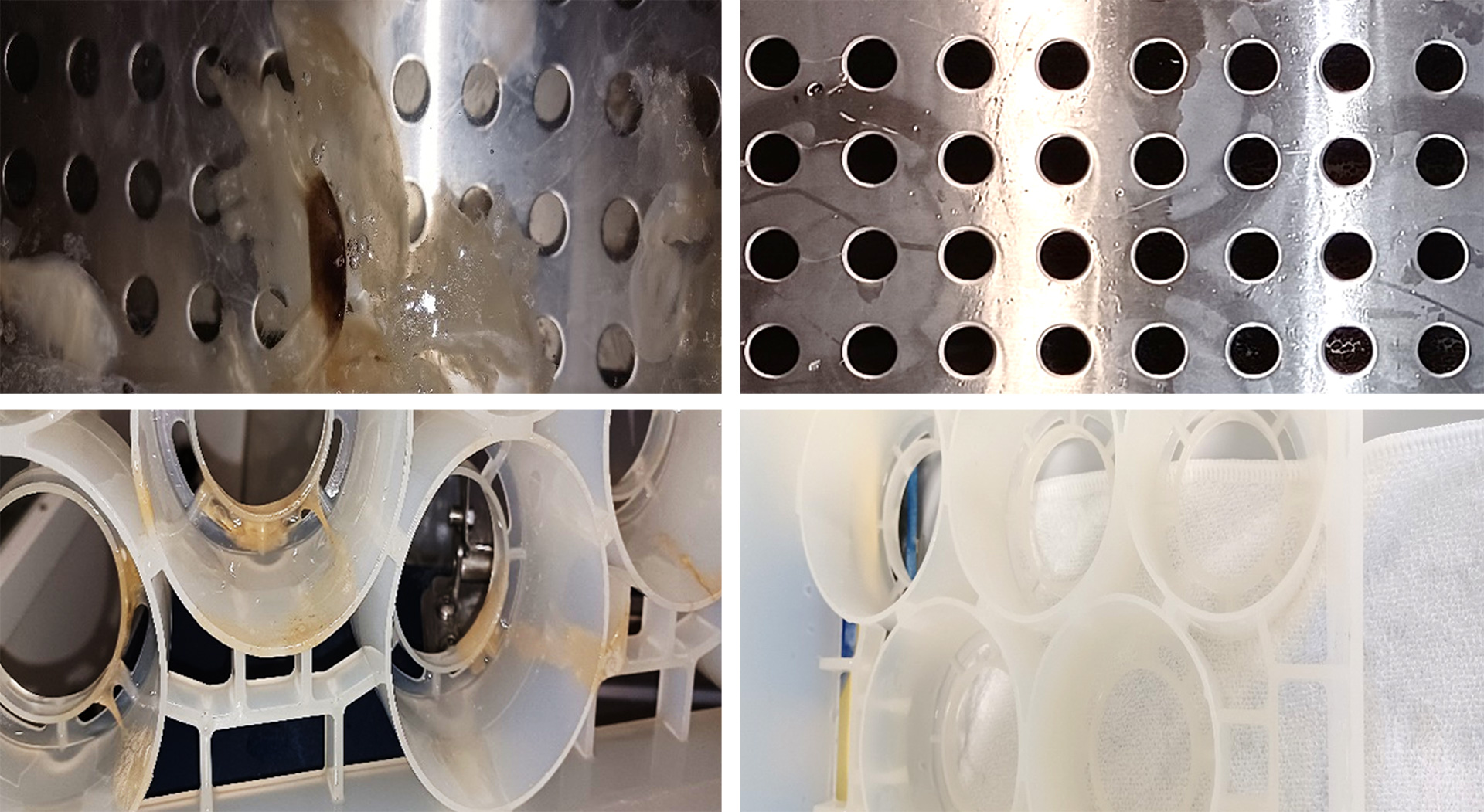
How are biofilms prevented?
Biofilms form on almost any surface or ecological niche and can only be reduced by changing the physical conditions and nutrient supply. Understanding the reasons for biofilm formation, appropriate hygiene measures and regular cleaning and disinfection in combination with suitable control measures make it possible to prevent biofilms or at least control their development.
Newer approaches aim to make surfaces unattractive to biofilms by physical-chemical modifications or to equip them antimicrobially. The dissolution of the biofilm matrix by enzymes or bacterial communication (quorum sensing) are also considered newer strategies.
Literature
- https://www.biofilm.montana.edu/
- S.C. Chew, L. Yang, in Encyclopedia of Food and Health, 2016
- T. Coenye, in Brenner’s Encyclopedia of Genetics (Second Edition), 2013
- https://www.sciencedirect.com/topics/immunology-and-microbiology/biofilm
